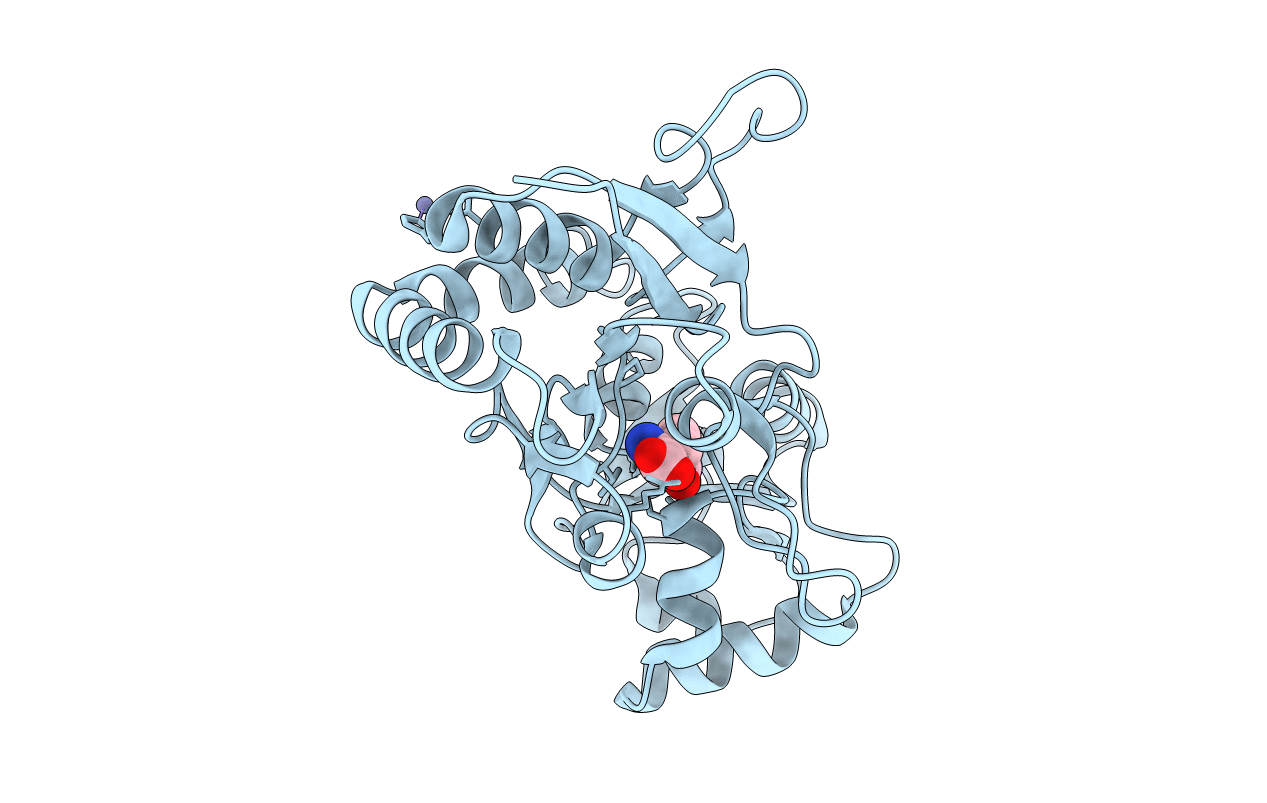
Deposition Date
2002-09-16
Release Date
2003-08-05
Last Version Date
2024-11-06
Entry Detail
PDB ID:
1MQJ
Keywords:
Title:
Crystal structure of the GluR2 ligand binding core (S1S2J) in complex with willardiine at 1.65 angstroms resolution
Biological Source:
Source Organism:
Rattus norvegicus (Taxon ID: 10116)
Host Organism:
Method Details:
Experimental Method:
Resolution:
1.65 Å
R-Value Free:
0.22
R-Value Work:
0.20
R-Value Observed:
0.20
Space Group:
P 21 21 2


